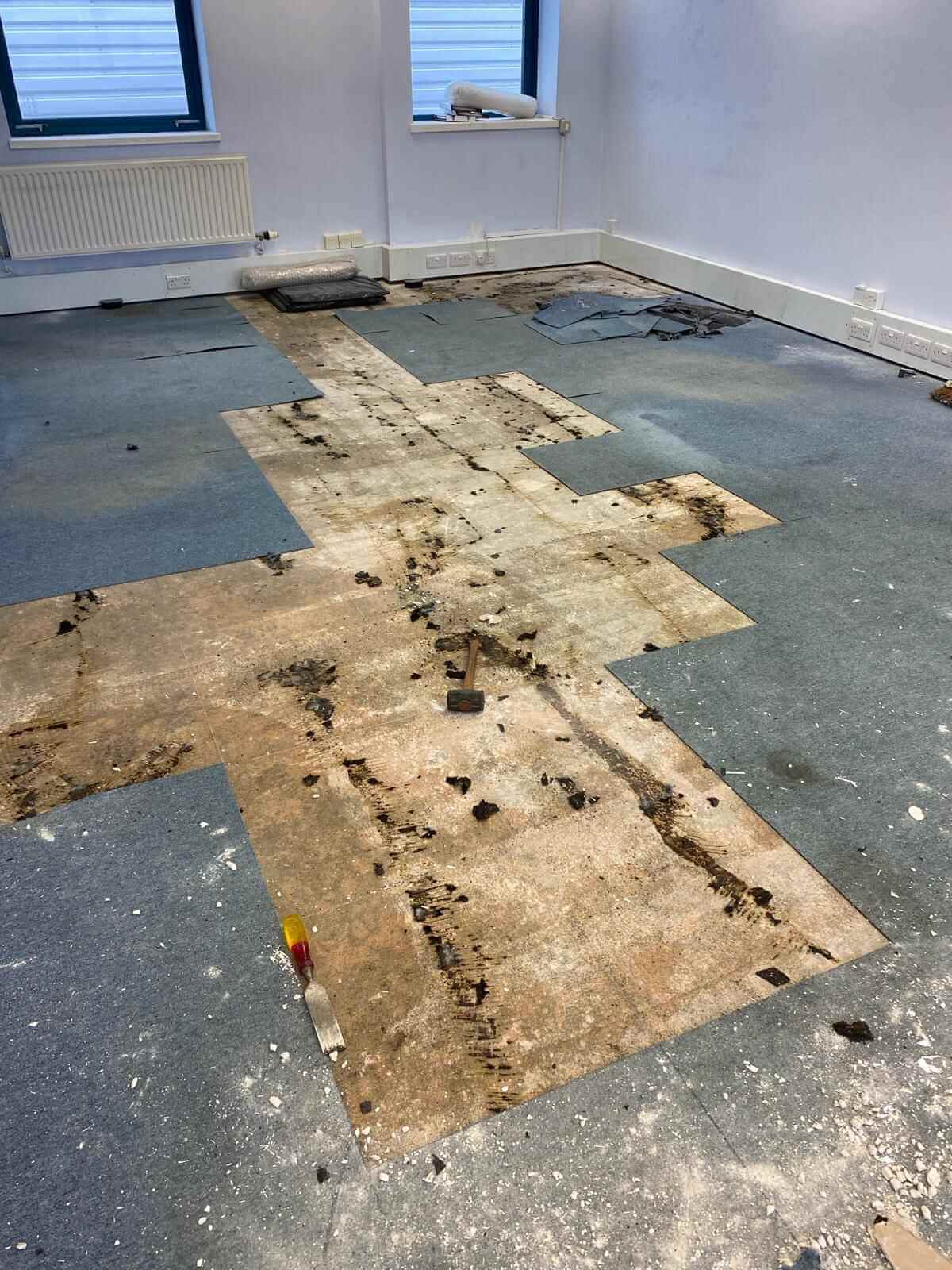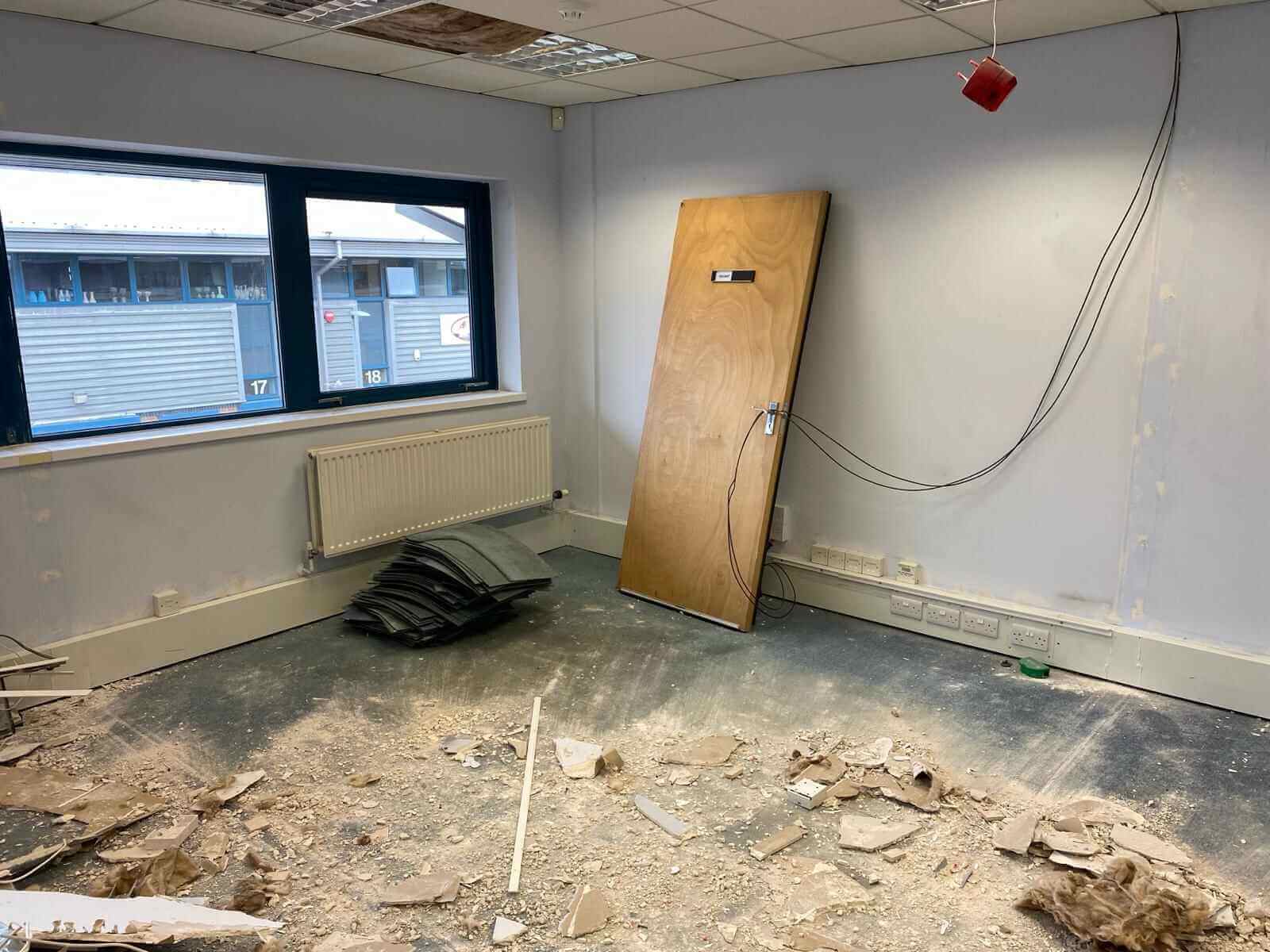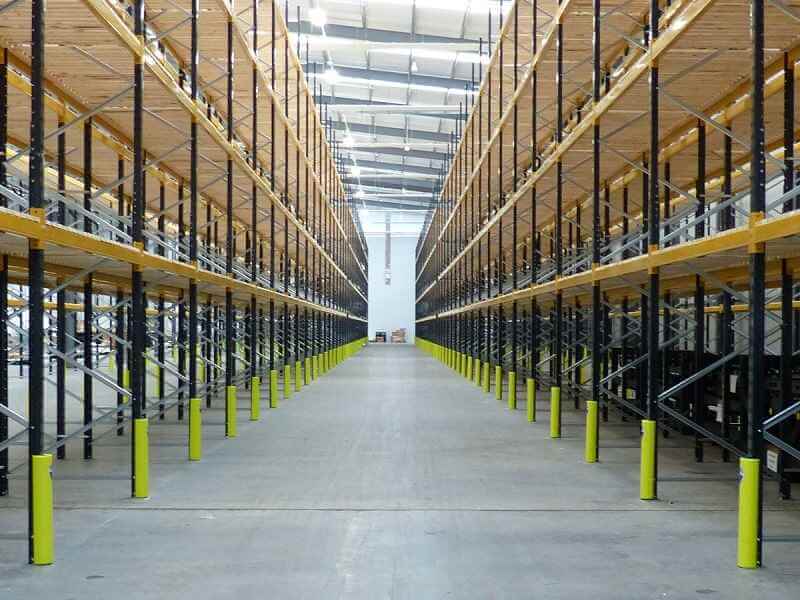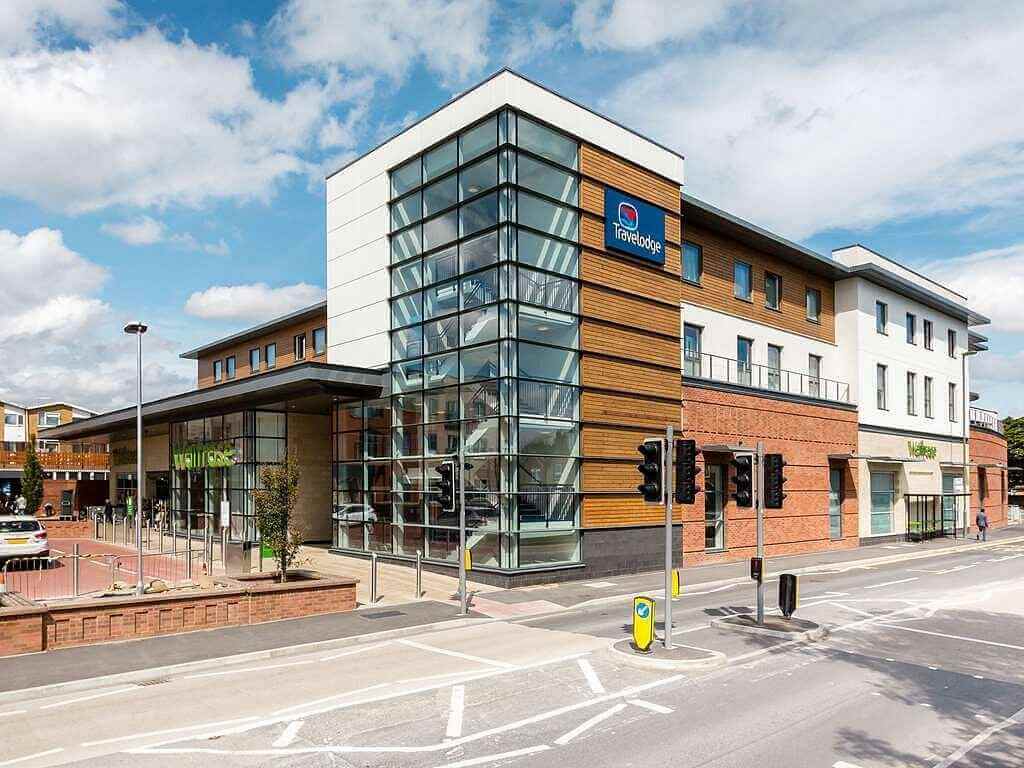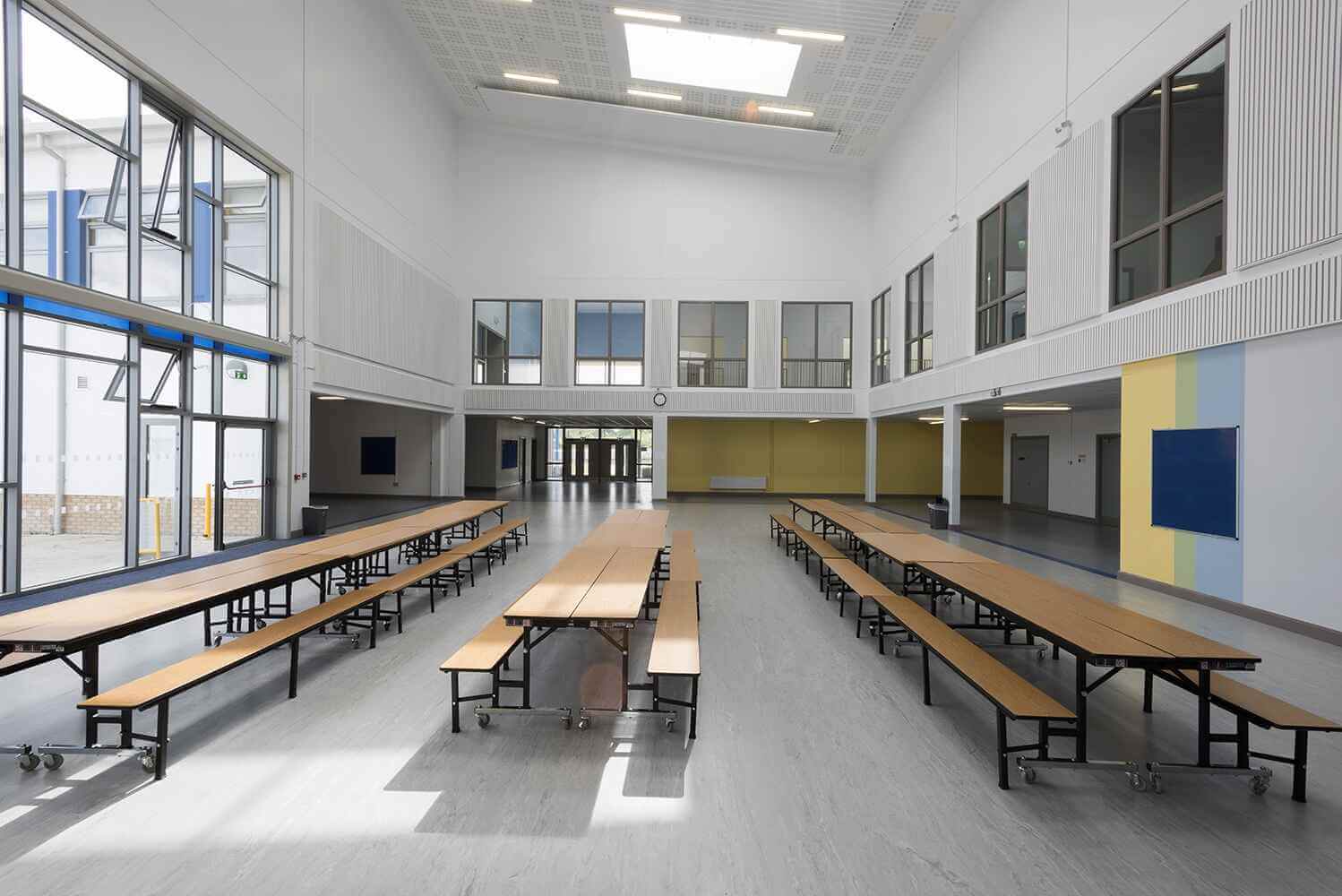<
What Can Our Commercial Strip Out Contractors Do?
When taking on new commercial premises in London, clearing out the existing contents is a crucial first step before renovating. At CDL, our contractors are experienced in handling all sizes and complexities of strip-outs.
Fixture and Fittings Removal: We remove all unnecessary fixtures, fittings, furniture, and other contents and dispose of them appropriately. By hiring CDL, you ensure a smooth and precise renovation process.
Walls, Partitions, and Ceilings Removal: Our team ensures the safe removal of walls, partitions, and ceilings without compromising the structural integrity of the building. We work with engineers to identify and prop up load-bearing walls. Before any work begins, hazardous substances like asbestos are identified and dealt with through proper asbestos surveys.
Mechanical & Electrical (M&E) Removal: This complex task involves removing everything from electric cabling to air conditioning units and plant rooms. Our team has the expertise to handle M&E removals with the necessary care and professionalism, avoiding the risks associated with DIY approaches.
Decommissioning Waste, Heating, and Ventilation: Before demolition or renovation can occur, we develop a thorough decommissioning plan for waste, heating, and ventilation services, ensuring the process is safely signed off by the relevant authorities.
Waste Disposal and Recycling: Waste disposal and recycling are integral to strip-outs. Our team is committed to minimizing the environmental impact by responsibly managing and recycling waste. We ensure all materials are moved off-site and disposed of in an eco-friendly manner.
Get a Quote for Your Commercial Strip Out Project
For an efficient and cost-effective solution to your strip-out needs, choose Commercial Dilapidations London. Our team ensures the safe removal of hazardous materials and recycles salvageable materials whenever possible. Contact us today for a site assessment and receive a no-obligation quote tailored to your project requirements.

